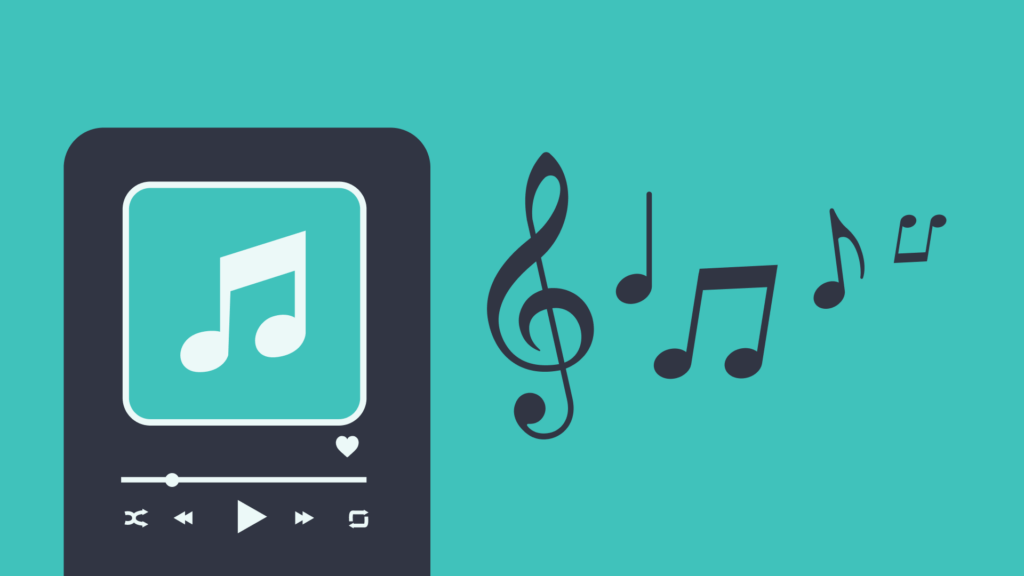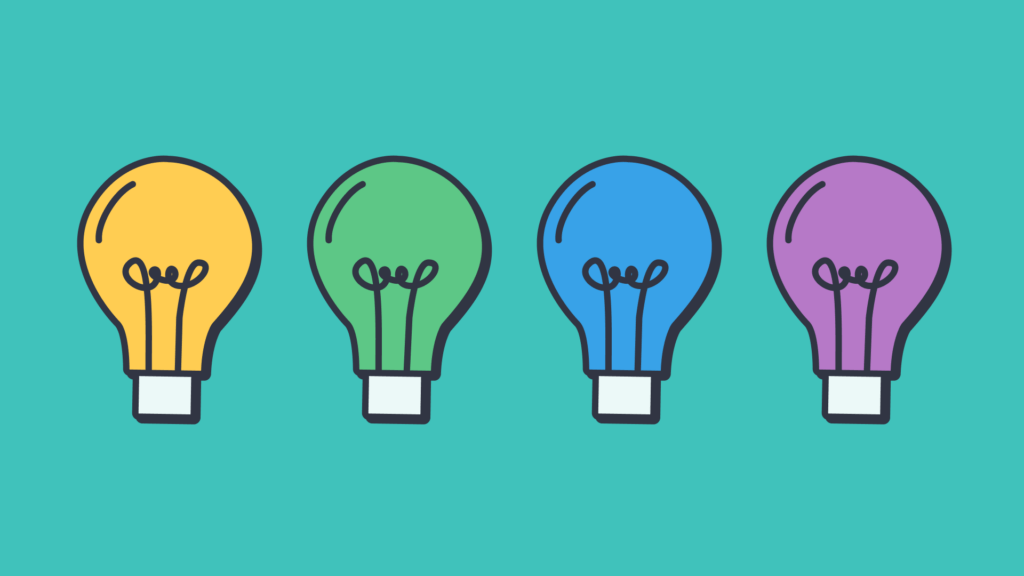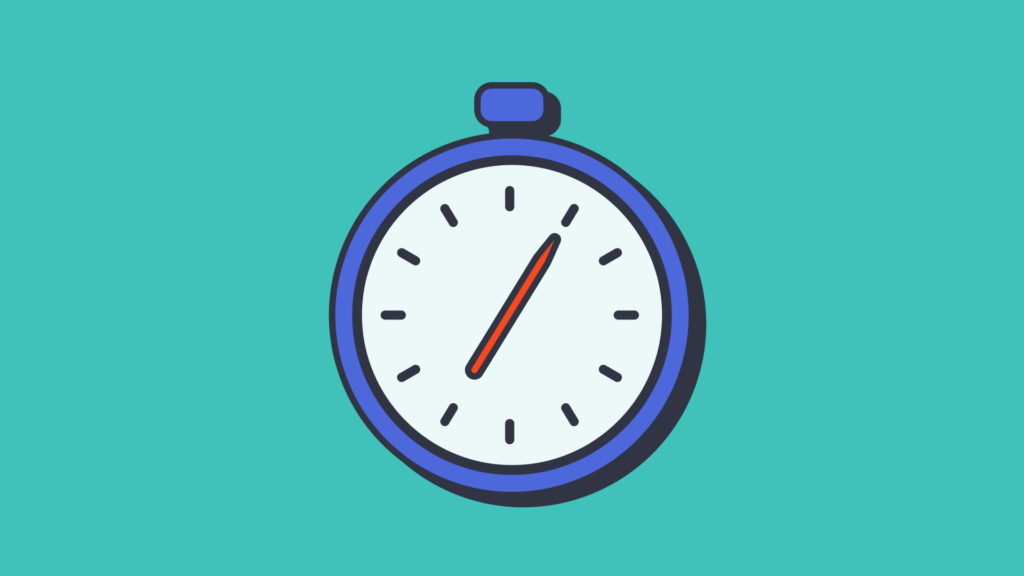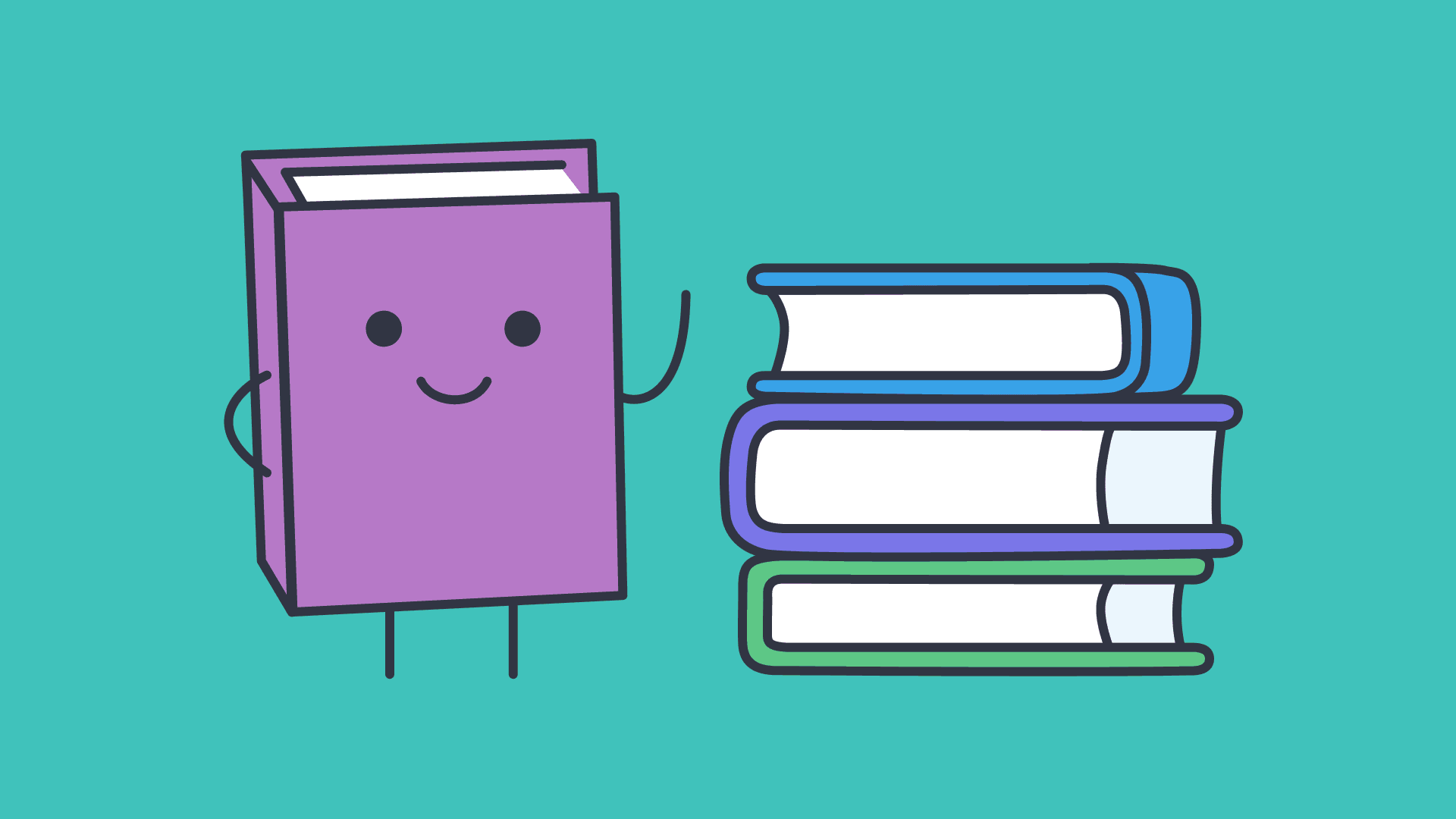9 Effective classroom transition activities
In this guide
While organizing my notes as I prepared to write this article, I took a break to watch my beloved Los Angeles Lakers in their playoff matchup against the Denver Nuggets. The Lakers got out to a great start and were leading by 12 mid-way through the 3rd quarter. They were controlling the pace of the game and dictating the style of play on the court.
Then, out of nowhere, the Nuggets went on a 13-0 run and the game never felt the same. The Lakers ended up losing by 13 and my son and I were sitting there wondering what happened.
Reflecting back on the game, it seemed like a couple of small but key adjustments were responsible for the shift. Denver’s coach called a timeout when they were down 12 and made some adjustments. At the same time, the Lakers substituted in a couple of new players into the lineup.
How these two teams adjusted to these changes set the stage for the rest of the game and greatly impacted the final result. Just like that, the Lakers went from in control of the game to down 0-1 in the best of seven series.
The disappointing Lakers loss (for me) highlighted the critical nature of everyday transitions required in the classroom. The perfectly crafted lesson or behavior management plan can get completely disrupted in those critical moments transitioning from one activity to the next. That flawless and engaging learning experience can be lost in an instant.
Smooth transitions between activities are essential for maintaining momentum and focus in the classroom. Developing techniques for students to easily move from one task to another reduces behavior issues and can even add energy or excitement to the classroom if done correctly.
After years of trial and error, I’ve discovered numerous strategies that not only facilitate smooth transitions but also engage students and optimize learning opportunities. The best part is that they are simpler to implement than trying to get students back on track if that flow is disrupted.
1) Brain breaks
One of the most effective transition strategies is incorporating brain breaks into the daily routine. These short, energizing activities provide students with an opportunity to refocus their attention and recharge their minds between lessons. Intentional and meaningful breaks can increase productivity and reduce stress.
Brain breaks can include quick stretches, breathing exercises, or even a brief dance party. For example, a colleague of mine often leads students in a series of simple yoga poses or a quick round of Simon Says to break up long periods of seated work.
I recently started giving students the option to quietly listen to music during brain breaks which gives them control over which songs they feel like listening to at that moment. I do stress that their phone should only be used to listen to music and not scroll through social media during these times.

2) Transition songs
Transition songs are a fun and engaging way to signal changes in activities while incorporating music and rhythm into the classroom. There is probably no one on this planet who knows less about music than I do but a variety of research shows a variety of benefits from incorporating music into the classroom.
To overcome my musical ineptitude, I have students create a playlist at the beginning of the year specific to their class for various transitions. We have a song for starting our day (which I recommend rotating or changing on a regular basis to avoid creating an aversion to it) to help them begin working without needing me to verbalize any instructions.
We also have songs specific to ending an activity, group work, individual tasks, and break times. The audio cues become easy and powerful guides for students to seamlessly transition throughout the day or class period.
Not only do these songs help students remember the steps of the transition, but they also add an element of joy and creativity to the learning environment. Make sure to have a song on the playlist when you need to add some energy to the environment.
3) Mystery box
The mystery box is a versatile transition activity that sparks curiosity and anticipation among students. The suspense that this technique builds can bring almost any subject or topic to life.
I put a special object or item related to the upcoming lesson or activity inside of an opaque container. I try to decorate the box with clues related to its contents. If time is an issue, sometimes I will just read the clues aloud to the class.
To begin, I display the mystery box at the front of the room and encourage them to guess what’s inside based on the clues or hints. This activity not only creates excitement and engagement but also serves as a natural segue into the topic of study. With students already curious, diving into the information almost feels like the students are leading the way.
4) Quick review games
Quick review games are an effective way to reinforce key concepts or skills while transitioning between lessons. I often incorporate simple review games such as trivia questions, flashcard challenges, or vocabulary games that relate to the material we’ve covered.
Students can play individually or in teams, and the competitive element adds excitement and motivation. These games not only provide a fun break from traditional learning activities but also reinforce important content in a memorable way.
This transition activity is especially useful when moving into a new activity where you want students to be lively and energetic. I use it after individual work or reading activities as a way to make sure students will be vocal during class discussion.

5) Lighting and colors
With photography education as part of my background, I particularly enjoy utilizing light and color to help communicate expectations during the day. It started with flicking the lights on and off to get students’ attention but I quickly got bored with the technique and it started to feel a bit condescending for my high school students.
I was fortunate enough to get dimmable lighting in my classroom when we redesigned the space a few years ago so I use the brightness level as cues for the type of work to be done. Low light signals quiet and/or individual work whereas full brightness means the room should be active and loud.
If you are allowed to, I highly recommend buying color changing LED lighting to use in your space. You can change the hue of the light to signal the mood for the room and also subtly but clearly convey a change in activity.
Students in my room quickly learn that orange and red means to wrap up what they are working on and prepare to switch gears. I can’t remember how this color was chosen but students are excited to see bluish purple hues because it means they can move around the room and work with other students to complete tasks.
6) Quick writes
Quick write activities are an effective way to transition between lessons while promoting literacy skills and critical thinking. I provide students with a prompt or question related to the activity or assignment they have been working on.
As opposed to the Review Games discussed before, I find this transition especially effective when moving from a loud and collaborative task back into a calmer environment with the whole class. Their brain gets to keep focusing on the content to get closure while transitioning into a different atmosphere for learning.
This not only helps students transition mentally but also encourages reflection and preparation for the next topic of study. As an added bonus, quick writes can serve as formative assessments to gauge students’ understanding and readiness.
7) Classroom jobs
Assigning classroom jobs is a practical transition strategy that promotes responsibility and a sense of ownership among students. To be honest, I did not fully utilize this technique until my own kids started school.
My wife, who teaches elementary school, always advocated for assigning students specific job roles to help organize her class. It took seeing the pride and purpose my own kids showed when talking to me about their own class jobs for me to fully embrace this concept.
I love using space and flexibility throughout my day to incorporate movement and variety into lessons. I am fortunate to have the furniture and technology available to create a variety of learning spaces for students. These changes do take time and energy though so developing a system is critical in order to avoid wasting valuable time.
I have a rotating list of classroom jobs, such as tech coordinators, chair monitors, and furniture movers that give each student a specific purpose and task each time we are rearranging our workspace. This not only helps streamline the transition process but also fosters a sense of community and teamwork within the classroom.
At the end of most activities, I incorporate a brief share and reflect session where students have the opportunity to share their learning and reflect on their experiences. This not only provides closure to the activity but also encourages metacognition and self-assessment.
By sharing their thoughts and insights with their peers, students deepen their understanding and make connections between their own learning and the broader curriculum.
If we are transitioning back to a full class activity from independent work, I take this opportunity to call on students to share their reflections with the rest of the class. This way, students are still engaged in the previous task but are in a different learning environment so I can switch topics without needing students to adapt to a new mode of instruction.

9) Class countdown
While this might be one of the simplest transition ideas it can also be the most problematic in some instances. This technique can be very effective and create great energy but with some groups of students it seems to backfire. If your class is overly competitive or a bit on the wild side, use with caution.
I like to project a digital timer onto the TV at the front of my classroom and give the students a transition task to complete before the buzzer sounds. At the beginning of the year I intentionally give more time than is needed to help the class be successful but as the year goes on I challenge them with shorter and shorter times.
I tend to only give rewards, like free time at the end of the period or longer brain breaks, for success and avoid punishments because that can cause class conflicts between students.
As a little twist, I sometimes use the random timer from an old Catch Phrase game but you can also download a random timer app to use. You never know what is going to happen but it helps add a little spice to routine transitions by adding an element of surprise.
Final thoughts
You just can’t give them easy ones.
Anthony Davis, Los Angeles Lakers Center
That was the response Anthony Davis gave to reporters after the Game 1 loss to the Nuggets when asked how things changed so quickly at the end of the 2nd quarter. A couple turnovers, and one bad shot and the momentum of the game shifted. That was all it took to give life to the Denver Nuggets.
Sloppy or poor execution of transitions during a class can shift a group of students from productive learners to distracted youngsters. This can cause loss of valuable time and add increased frustration.
Effective classroom transitions are essential for maintaining a positive and productive learning environment. By implementing transition strategies, teachers can facilitate smooth transitions and maximize learning opportunities.
References
- DiDomenico, J. (2017). Effective Integration of Music in the Elementary School Classroom. ERIC. Retrieved April 21, 2024, from https://files.eric.ed.gov/fulltext/EJ1171782.pdf
- Hoffman Kaser, C. (n.d.). Series on Highly Effective Practices—Transitions. Successfully Managing Student Transitions. Retrieved April 18, 2024, from https://ww1.odu.edu/content/dam/odu/col-dept/cdse/docs/6-transitions.pdf

Nick Schwab
briefcase iconLearning Experience Designer
Nick combines his background in psychology, education and design to create physical and digital experiences that empower, engage, and excite learners. His passion lies in constantly developing new learning pathways for students that challenge the status quo in education.
Other posts
Want more content like this?
Subscribe for blog updates, monthly video releases, trending topics, and exclusive content delivered straight to your inbox.











